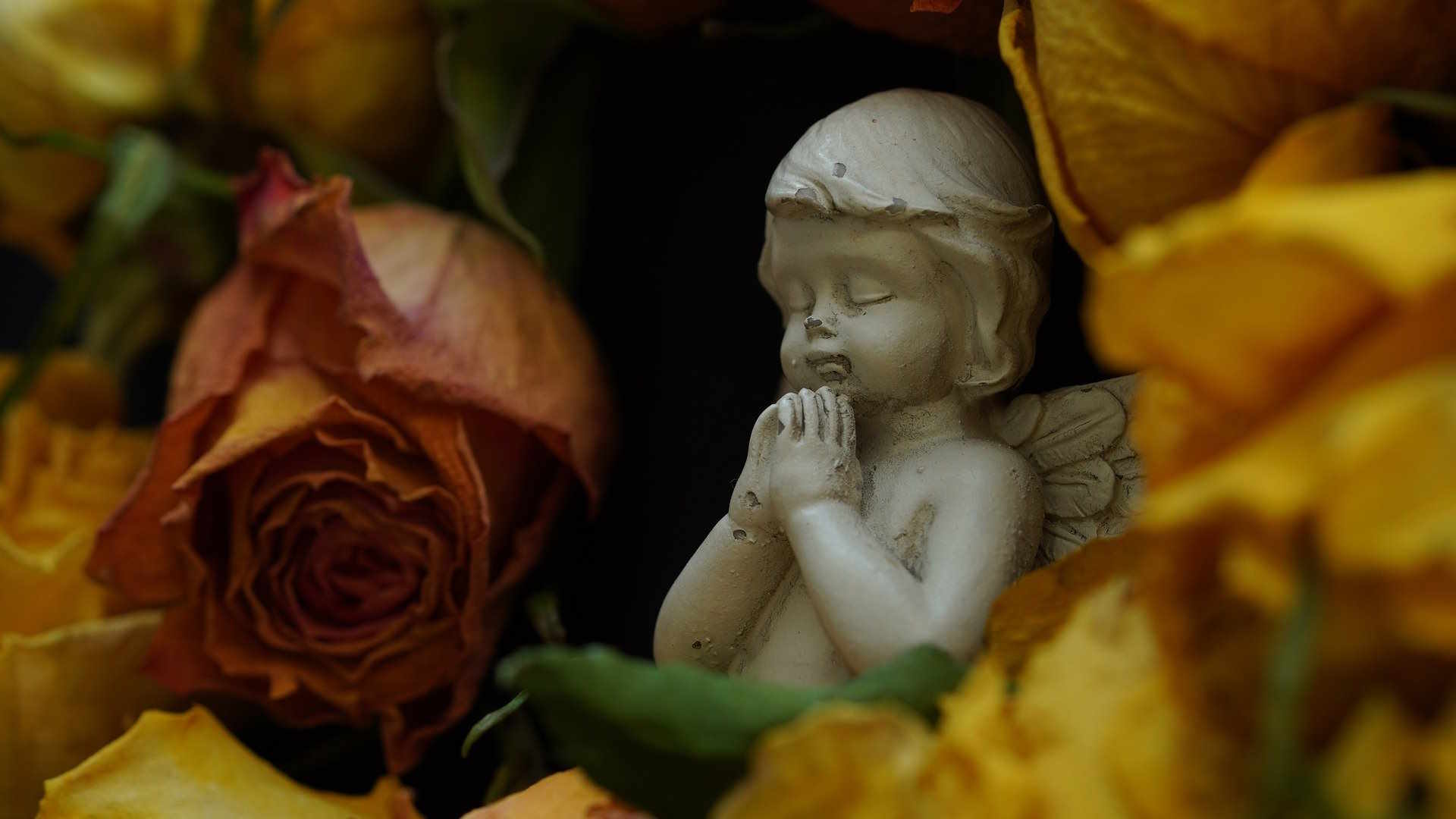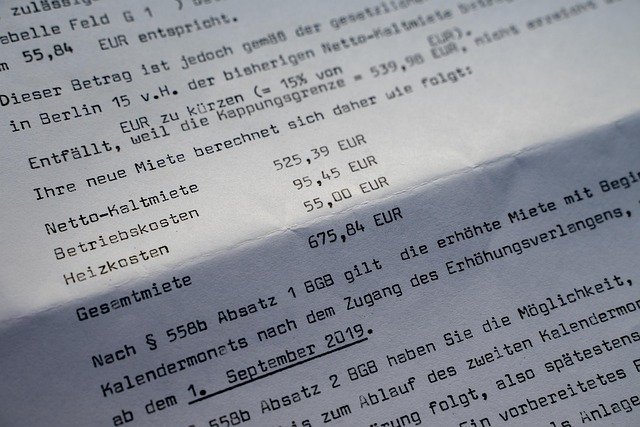The Truth About Cremation: A Closer Look at What Happens
Cremation has become an increasingly popular choice for end-of-life arrangements, offering a more affordable and environmentally friendly alternative to traditional burial. As more people consider this option, it's essential to understand the process, costs, and available services. This article delves into the truth about cremation, providing a closer look at what happens and exploring the various aspects of this final disposition method.
The Cremation Process Explained
Cremation is the process of reducing a body to its basic elements through intense heat. The procedure typically takes place in a specially designed furnace called a cremation chamber or retort. The body is placed in a combustible container and exposed to temperatures ranging from 1,400 to 1,800 degrees Fahrenheit. This process, which usually lasts between two to three hours, results in the reduction of the body to bone fragments.
Preparing for Cremation: What to Expect
Before the cremation process begins, several steps are taken to ensure a respectful and efficient procedure. The deceased is identified, and any medical devices or prosthetics that may interfere with the process are removed. Personal items, such as jewelry, are typically returned to the family. The body is then placed in a cremation container, which can range from a simple cardboard box to a more elaborate casket designed for cremation.
Legal Requirements and Documentation
Cremation is subject to various legal requirements that differ by location. Generally, a death certificate and cremation authorization form must be completed and signed by the next of kin. There may also be a mandatory waiting period, usually 24 to 48 hours after death, before cremation can take place. It’s important to work with a reputable cremation provider who can guide you through the necessary paperwork and ensure all legal requirements are met.
Environmental Impact and Considerations
Many people choose cremation for its perceived environmental benefits. While it does require less land use compared to traditional burial, cremation still has an environmental impact due to the energy consumed and emissions produced during the process. However, newer technologies, such as alkaline hydrolysis (also known as water cremation or aquamation), offer even more eco-friendly alternatives. When considering cremation, it’s worth exploring these options and their availability in your area.
Cremation Costs and Affordable Options
One of the primary reasons people opt for cremation is its cost-effectiveness compared to traditional burial. Basic cremation services typically include transportation of the body, the cremation process itself, and return of the cremated remains to the family. Additional services, such as viewing, memorial services, or specialized urns, can increase the overall cost. It’s important to research and compare providers to find affordable cremation options that meet your needs and budget.
Choosing a Cremation Service Provider
When selecting a cremation service provider, consider factors such as reputation, transparency, and range of services offered. Look for providers that are licensed and accredited by relevant organizations. Some cremation services operate independently, while others may be part of funeral homes or cemeteries. It’s advisable to compare multiple providers to ensure you’re getting the best value and service for your specific requirements.
| Provider | Basic Service | Additional Options | Estimated Cost Range |
|---|---|---|---|
| Neptune Society | Direct Cremation | Memorial Services, Urns | $1,000 - $3,000 |
| Cremation Society of America | Simple Cremation | Online Planning, Keepsakes | $795 - $1,995 |
| Smart Cremation | Basic Cremation | Pre-planning, Veterans Services | $895 - $2,500 |
| National Cremation | Cremation Only | Celebration of Life, Scattering Services | $1,100 - $3,500 |
Note: These costs are estimates and may vary based on location and specific services chosen. It is encouraged to conduct independent research for the most accurate and up-to-date pricing information.
In conclusion, cremation offers a dignified and often more affordable alternative to traditional burial. By understanding the process, legal requirements, and available options, individuals and families can make informed decisions about end-of-life arrangements. Whether choosing cremation for its simplicity, cost-effectiveness, or environmental considerations, it’s crucial to research and select a reputable provider that aligns with your values and needs.
The shared information of this article is up-to-date as of the publishing date. For more up-to-date information, please conduct own research.





